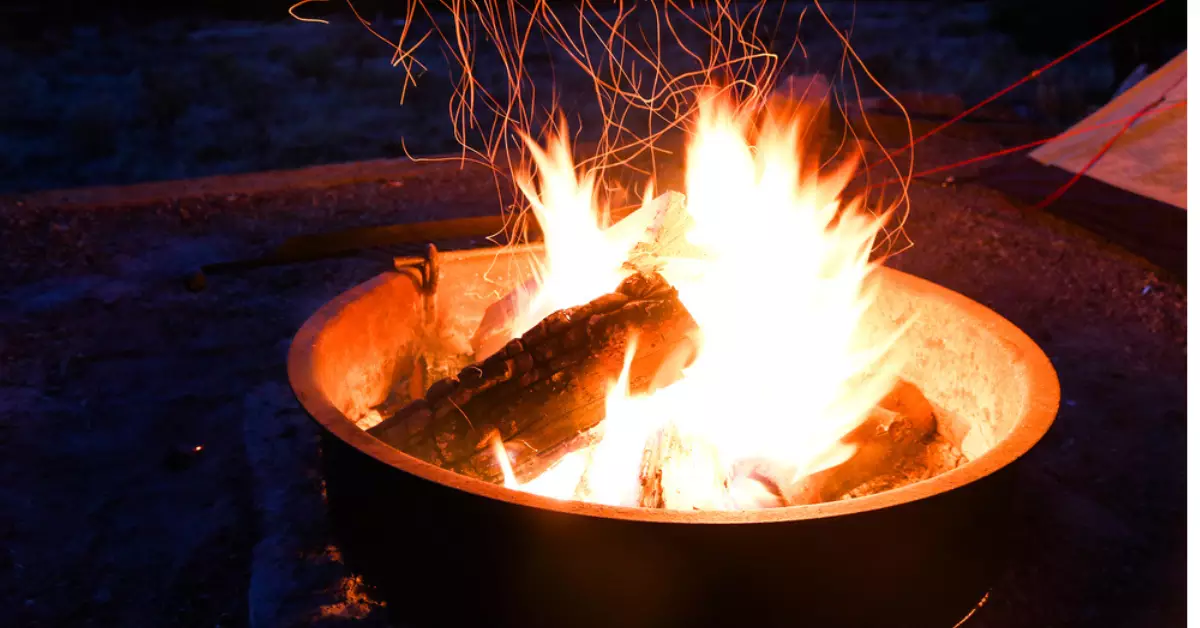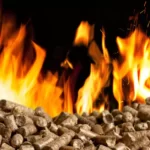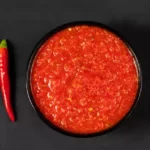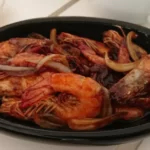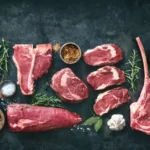Cooking with wood has been an integral part of human culinary history. The aromatic smoke it produces infuses food with a unique, rustic flavor that can transform even the simplest of dishes. One wood type that is particularly known for its pleasant aroma is Pinon wood. Derived from the Pinon Pine trees, this wood is a staple in many American households.
Can you cook with Pinon wood? The short answer is, yes, you can. When used correctly, Pinon wood can imbue your food with a unique, smoky flavor that can’t be replicated with any other cooking fuel. The intensity of flavor is mild, so it complements rather than overwhelms the food’s natural taste.
The Pinon Pine is native to the Southwest United States and Mexico. The wood from this tree is renowned for its rich, warm fragrance when burned. This aroma makes it a popular choice not just for cooking, but also for heating and camping. But the use of Pinon wood goes beyond just that; it plays a major role in culinary arts as well.
The Basics of Pinon Wood
Characteristics of Pinon Wood
Pinon wood has a moderate to high heat output and a slow burn rate, making it an efficient heat source for cooking. The wood generates a fair amount of smoke, characterized by a warm, sweet, and slightly spicy aroma. This distinctive smell is highly valued, and it contributes to the unique taste when used in food preparation.
Regions Where Pinon Wood is Predominant
Pinon wood is most common in the Southwest United States, particularly in New Mexico and Arizona, where Pinon Pines are found in abundance. These regions have long traditions of using Pinon for various purposes, including cooking.
Pinon Wood in Cooking
The Unique Flavor of Pinon Wood
When used for cooking, Pinon wood imparts a delicate smoky flavor to food. This is a unique characteristic of Pinon wood and cannot be replicated using any other wood type. The flavor profile is mild, warm, and slightly spicy, enhancing the natural flavors of the food rather than overpowering them.
Pinon Wood’s Impact on Food Taste
Just as wine connoisseurs appreciate the subtle flavors imparted by different grape varieties and regions, barbecue enthusiasts understand the impact of different woods on food taste. Using Pinon wood for cooking gives your food a unique taste, distinguishing your dishes from those cooked with conventional fuels.
Using Pinon Wood for Cooking
Choosing the Right Type of Pinon Wood
When choosing Pinon wood for cooking, ensure it is properly seasoned. Seasoned wood is wood that has been cut and dried for at least six months. Using green or unseasoned wood can lead to excessive smoke and a less than desirable flavor.
How to Prepare Pinon Wood for Cooking
Before cooking, split the Pinon wood into smaller pieces. Smaller pieces catch fire more easily and produce a more consistent heat. Start your fire with a smaller amount of wood and gradually add more as needed.
Safety Tips When Cooking With Pinon Wood
While Pinon wood is generally safe for cooking, always ensure your cooking area is well-ventilated. Prolonged inhalation of any type of smoke can be harmful.
Comparing Pinon Wood to Other Woods for Cooking
Pinon Wood Versus Oak Wood
Oak wood has a heavy smoke flavor, making it ideal for smoking meats. Pinon wood, on the other hand, imparts a mild, sweet, and slightly spicy flavor, making it versatile for different types of dishes.
Pinon Wood Versus Hickory Wood
Hickory wood provides a strong, hearty smoke flavor. In contrast, Pinon wood’s smoke is milder and more subtly influences the taste of food.
Pinon Wood Versus Mesquite Wood
Mesquite has a robust, earthy flavor, best suited for red meats. Pinon wood’s milder taste makes it a more adaptable choice, complementing a broader range of foods.
Benefits of Cooking With Pinon Wood
Health Benefits of Pinon Wood Smoke
When it comes to health benefits, Pinon wood smoke is known to have antimicrobial properties, helping to preserve food naturally.
Environmental Benefits of Using Pinon Wood
Using Pinon wood for cooking can also be environmentally friendly. It’s a renewable resource and burning it for fuel reduces dependence on non-renewable resources like propane or charcoal.
Common Myths About Cooking With Pinon Wood
Pinon Wood is Only for Smoking Meat: Fact or Myth?
Contrary to popular belief, Pinon wood can be used for more than just smoking meats. Its mild flavor profile makes it an excellent choice for grilling vegetables, fish, and even fruits.
Cooking With Pinon Wood is Unsafe: Fact or Myth?
There’s a misconception that cooking with Pinon wood can be hazardous. As long as you ensure adequate ventilation, the use of Pinon wood is completely safe.
Frequently Asked Questions
What types of food can be cooked with Pinon wood?
Pinon wood’s delicate flavor makes it ideal for a variety of foods, from meat and fish to vegetables and even fruit.
How long does Pinon wood take to season?
Pinon wood typically takes at least six months to season, but the process can be longer depending on the climate and storage conditions.
Is it necessary to soak Pinon wood before cooking?
Soaking is not necessary for Pinon wood. The water can create steam and affect the wood’s ability to impart its unique flavor to the food.
Conclusion
The use of Pinon wood in cooking opens up a whole new world of flavors. Its mild and unique smoky flavor can add depth and complexity to a wide range of dishes, setting them apart from the norm. So, whether you’re a novice cook or a seasoned chef, Pinon wood is worth a try.
You don’t need to be a gourmet chef to start cooking with Pinon wood. The process is as simple as starting a fire and letting the wood impart its unique flavor to your food. The end result is a feast for the senses that goes beyond just taste.
There’s no denying that Pinon wood is more than just another type of cooking fuel. It’s a culinary tradition that’s deeply rooted in the regions where the Pinon Pine thrives. And now, with the global interest in diverse cooking techniques and ingredients, the use of Pinon wood in the culinary world is gaining momentum.

